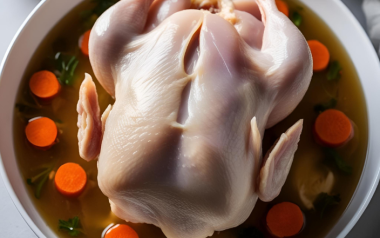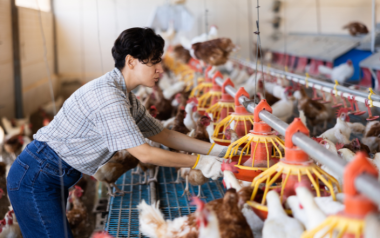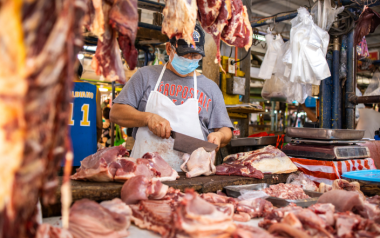Although these conditions have limited the recovery of the market, U.S., Mexico, Japan and Russia have shown to handle the situation and position themselves as the winners of this quarter.
05 Apr 2021
Avian influenza, feed prices and covid-19: a challenge for the recovery of the poultry industry
The global economy suffered the effects of the pandemic during 2020 and the poultry industry was not the exception. However, […]
The global economy suffered the effects of the pandemic during 2020 and the poultry industry was not the exception. However, some countries show a marked recovery during the first quarter of the year. The U.S., Mexico, Japan, and Russia stand out for being the strongest markets of the industry.
According to the Rabobank Poultry Quarterly Q2 2021 report, different factors have affected the recovery of the industry. Starting with the management of the Covid-19 pandemic, the news waves of disease and the differences in the speed of vaccination have delayed the reopening of foodservice businesses which account for 35% of the poultry global distribution. Still, lockdowns and diverse measures to content the spread of the virus, make difficult the operation of this important sector that most likely could help restore the markets and global trade. Consequently, countries focused on exports such as Brazil, Thailand, Ukraine, Poland and Netherlands have seen an oversupply because of low international demand that reduces the margins for producers.
On the other hand, the high volatility of the grains and oilseeds mainly driven by the Asian demand have produced low or even negative margins in an industry where feed represents up to 70% of the production cost. Corn price closed the quarter 30% above respect the last quarter of 2020, wheat 9% and soybean 14%. This led to an increase in the price of poultry products as seen in Brazil where unprecedent weather conditions and uncertainty in the harvest periods, resulted in a 15.7% rise of whole chickens. In contrast, Philippines which has regulated the price of chickens to protect the economy from inflation could motivate a reduction in the national production.
Russia, East Asia and Europe have been hit hard by avian influenza outbreaks that resulted in millions of birds culled. Additionally, restrictions lifted in the EU limit trading and disrupt the supply of hatching eggs, poultry meat and soybean de-oiled cake.
Why do these countries have the strongest markets?
U.S.
Higher broiler prices will be able to offset the anticipated increase in feed costs, preserving industry profitability. There was a 4% rise in exports that included expanding trade to China and Mexico
Mexico
Mexican chicken markets are exceptionally strong, with carcass prices of MXN 50/kg, or 65% above year-ago. Broiler prices averaged 84% above year-ago YTD, driven by slower production growth and lower imports to start the year, along with a recovery in demand
Japan
The at-home chicken consumption increased by 16% in Q4 2020 and 12% in January. Vaccination programs and the upcoming Olympics are expected to increase the chicken demand.
Russia
The current market is certainly profitable for the industry but also leads to local price inflation as other food products are also expensive, such as cereals and pork (38% higher than last year). In the coming half year this situation will change as new interventions are expected. The quotas and import taxes on wheat, corn and barley that have already been introduced will be a bearish factor on feed prices at least until 30 June when this regulation will expire.







































